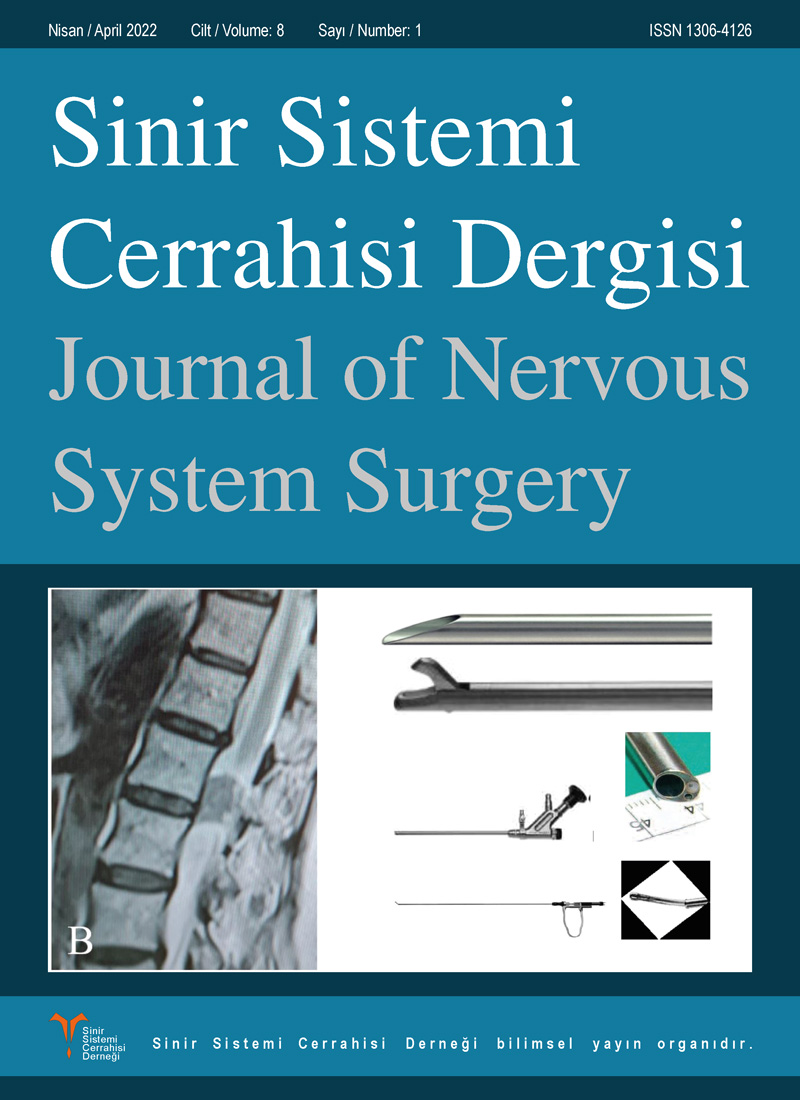Öz
Proksimal ulnar sinir yaralanmalarına müdahale edilmezse genellikle geri dönüşsüz ve olumsuz sonuçlara yol açar. Hastalarda ulnar sinirin innerve ettiği alanlarda motor ve duyu kusuru, elin intrinsik kaslarında güçsüzlükle sonuçlanır. Uzun süre tedavisiz kalmış kübital tünel sendromuna bağlı geri dönüşsüz ulnar sinir hasarı olan hastalarda ya da diğer sebeplere bağlı gelişen proksimal ulnar sinir yaralanmalarında SETS yöntemi ile özellikle elin intrinsik fonksiyonlarında geri dönüş sağlanabilir.
Bu makalede ulnar sinir komşuluğunda benign tümör rezeksiyonu sonrası gelişen ulnar sinir hasarı olan ve 1.5 yıl EMG ile takip edilmesine rağmen ulnar fonksiyonlarında dönüş olmayan hastaya yapılan SETS operasyonu ve sonuçları sunulmuştur.
Anahtar Kelimeler: Ulnar süperşarj, ulnar sinir, proksimal ulnar sinir hasarı, sinir transferi, uç-yan sinir transferi
Telif hakkı ve lisans
Telif hakkı © 2022 Yazar(lar). Açık erişimli bu makale, orijinal çalışmaya uygun şekilde atıfta bulunulması koşuluyla, herhangi bir ortamda veya formatta sınırsız kullanım, dağıtım ve çoğaltmaya izin veren Creative Commons Attribution License (CC BY) altında dağıtılmıştır.






